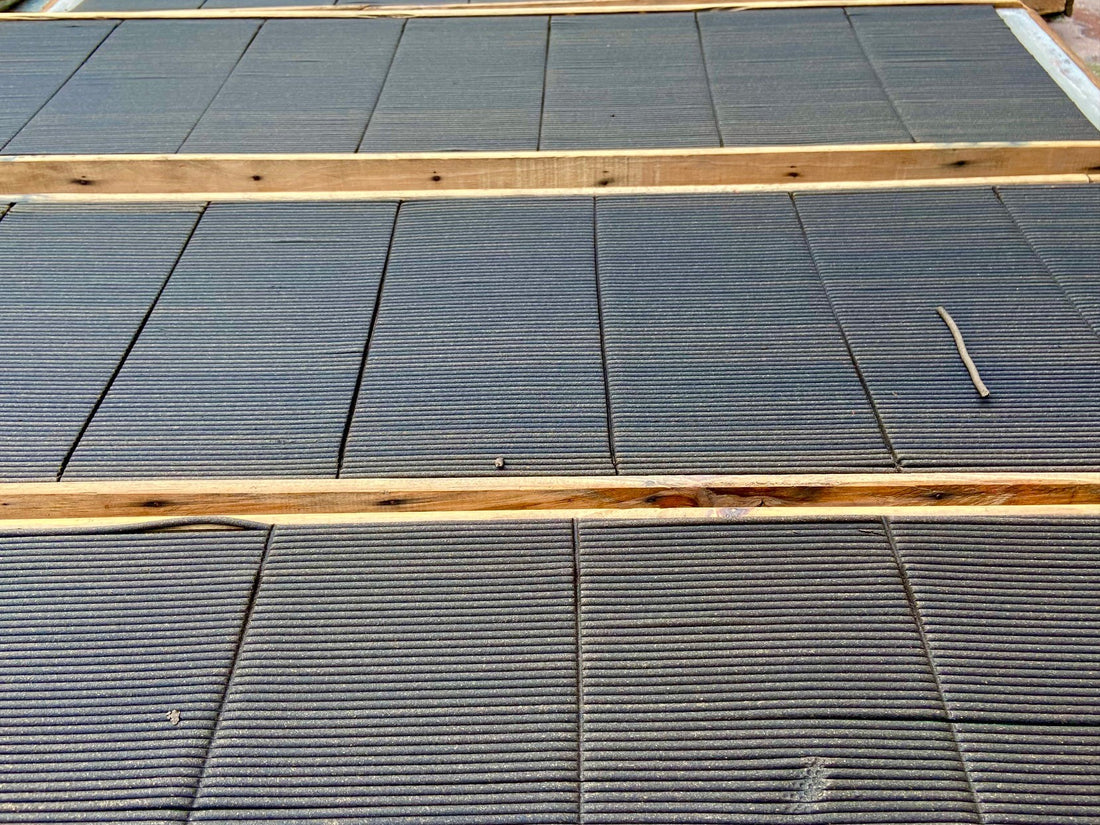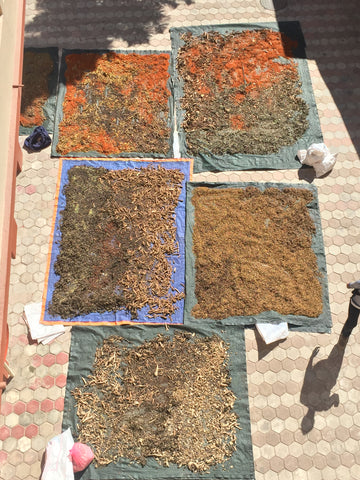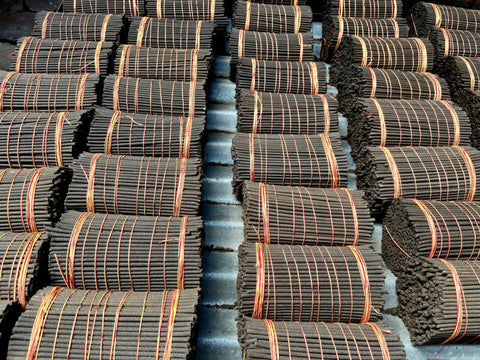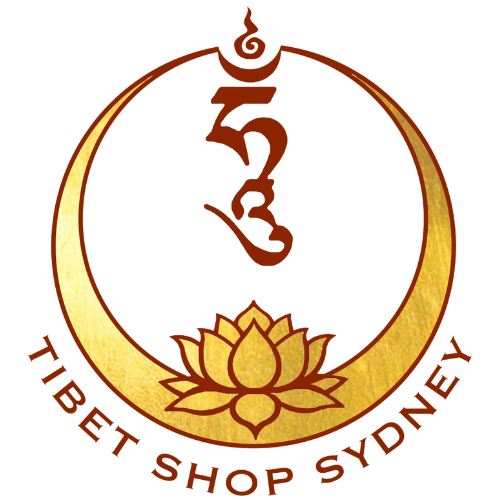
How Tibetan Incense is Made
Share
In this post, we'd like to share how traditional Tibetan incense is made at our workshop in Nepal. Kunga's Uncle (Jamyang Lama) is a Tibetan monk and ensures that the quality of his incense is never compromised. He trains his staff on the right ratios and sources the herbs and woods himself. When sourcing the items, he places importance on purity and getting ingredients that can be sourced sustainably and reliably.
The process is pretty straightforward and many Tibetans make incense in such home based workshops. Quite often, monasteries in Tibet will also use local medicinal herbs to make their own blends or follow recipes given to them by senior monks and Lamas. Most of the recipes for our incense come from Lama Gangchen, a well known Tibetan lama and healer.
Tibetan incense is different in that it is made by mixing various woods and herbs in powder form. There is no essential oil that is added during the process.
1. Step 1: Collecting the ingredients: Incense often contains juniper, sandalwood, agar wood, pine or cedar, saffron, sage, cloves, cinnamon, medicinal herbs and makko powder from the tabunoki tree (binding agent). Recipes for different kinds of incense can be found in ancient texts and is also quite often formulated by Lamas. These woods and herbs are usually dried, milled and collected in powder form.

2. Mixing the Ingredients: The second step involves adding water to the blend and kneading them into a dough. The dough is then pressed by machine and laid out into strips by hand on large wooden boards. The strips are then cut into size and air dried for a 2-3 days, depending on the temperature and humidity. They are then tied into large bundles and dried once again.


3. Time to pack: ... and that really is it. The next step involves tying the sticks together with twine and packaging them.

Our incense sticks are made with great care and attention to detail using traditional techniques and recipes. See our range of Tibetan incense sticks here.
